
November 15th marks Guinness World Records Day, a day when Guinness challenges the world at large to break as many records as possible within a 24-hour period. Record breakers that succeed within that time period are short-listed as potential record-breaking candidates to be included in the next year’s printed edition of the Guinness World Records. The book has a storied history and generations have grown up reading about the people, places and things that are the first, fastest, shortest, heaviest, tallest and sometimes even hairiest in the world.
The Guinness World Record book was the brainchild of Sir Hugh Beaver, a Managing Director of the Guinness Brewery in Ireland. While on a shooting party in 1951 a heated debate brewed between the group about what was the fastest game bird in Europe. The host’s library was scoured for a definitive answer, but nothing conclusive could be found. Beaver realized that a book that could provide answers to definitively end these types of debates was sorely needed. With the help of fact-researching twins Norris and Ross McWhirter, the Guinness Book of Records was first published in 1955 and had become Britain’s bestselling book by December of that year. The Guinness World Records, as the book is known today, has remained popular and is one of the world’s bestselling copyrighted books.
So in honor of Guinness’s Day, I present to you 10 amazing Guinness World Records related to computer history.
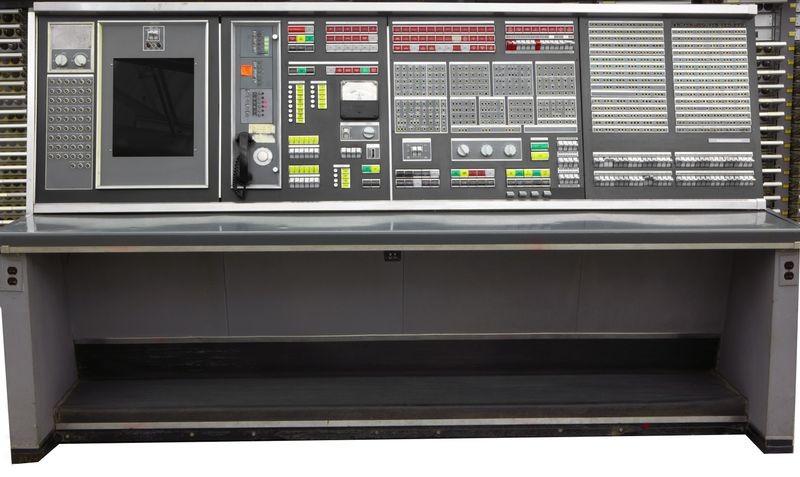
The most expensive computer ever built was the SAGE (Semi-Automatic Ground Environment) system. Built by IBM with MIT and RAND providing systems design and software respectively, construction began in the 1950s, and was completed in 1963 at an estimated cost of $4-12 billion in 1964 dollars. It was operational for more than 20 years. Photo credit: © Mark Richards
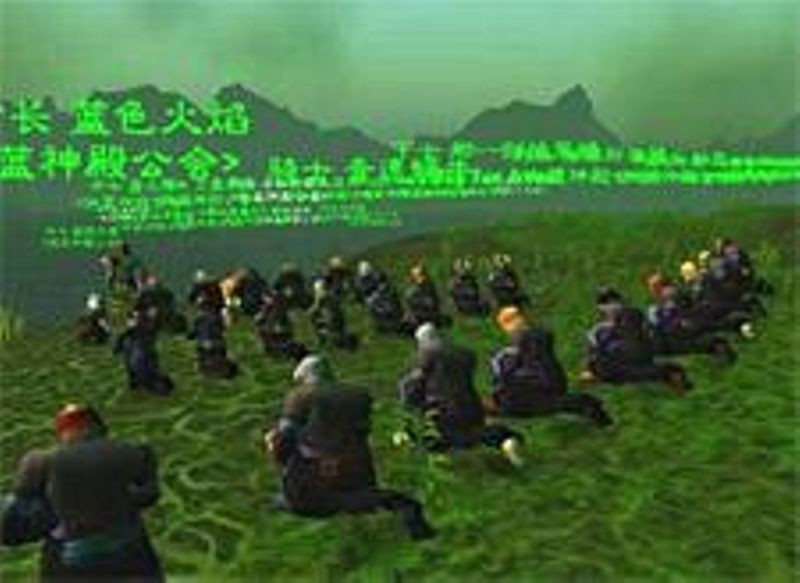
In October 2005, an avid Chinese computer gamer known only as Snowly indulged in a three-day non-stop marathon of the MMORPG (Massively Multiplayer Online Role-Playing Game) World of Warcraft (Blizzard Entertainment, USA) and died of fatigue. Over 100 gamers visited a virtual cathedral inside the game, where a service was held for her. MMORPG manufacturers are now being urged to add three-hour ‘anti-obsession’ breaks into their games. Photo credit: Courtesy of Blizzard Entertainment
Canada registered a figure of 108.6 computers per 100 people.
In May 2008, Finnish computer programmer Jerry Jalava lost part of a finger in a motorcycle accident. He made a 2 gigabyte USB memory stick prosthetic for his finger, allowing him to carry his data around with him constantly. The idea came to him when doctors, having learned of his profession, joked that he should make a ‘finger drive’ for his hand.
In 2000, the US Postal Service’s Celebrate the Century series included a 33-cent stamp showing two children playing the Atari 2600 version of Defender – “the hardest significant game there is”, according to Gamasutra. Photo credit: © Mark Richards
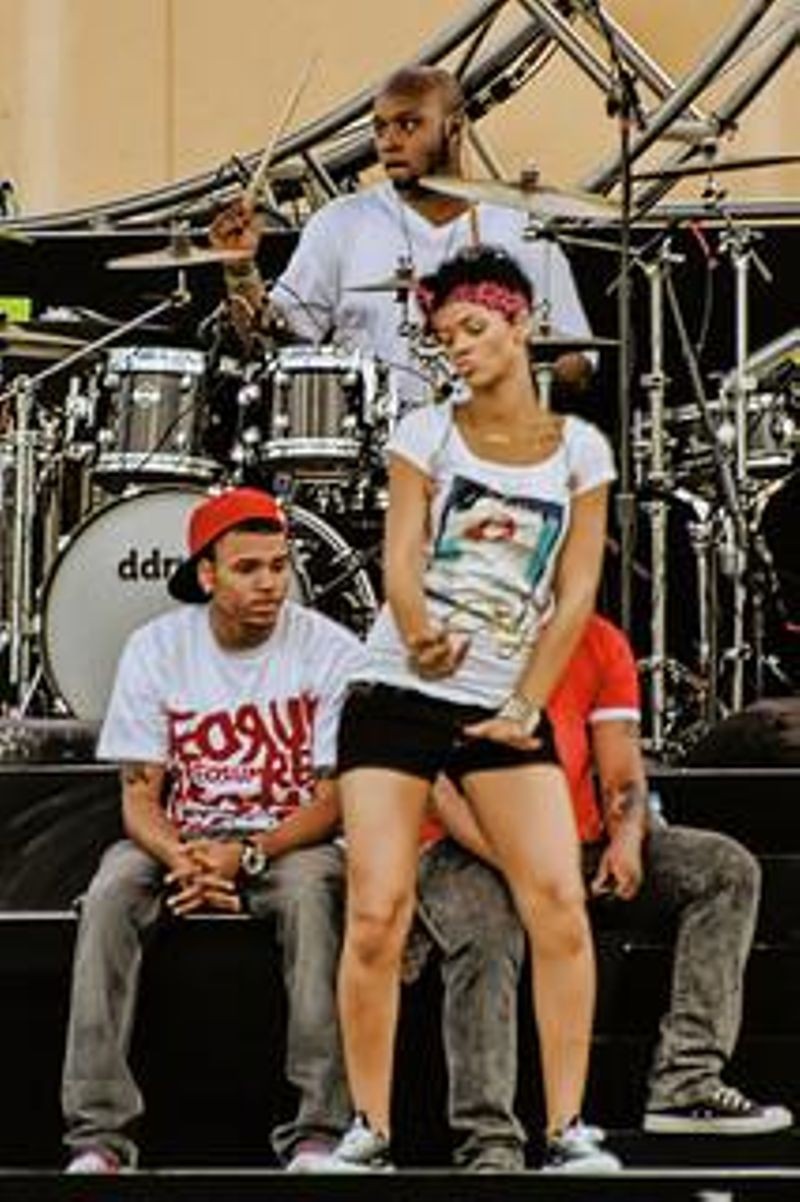
Rihanna has become the best-selling digital artist (US), selling an incredible 47.57 million digital tracks in the US during her career. Photo credit: © Joe Penniston
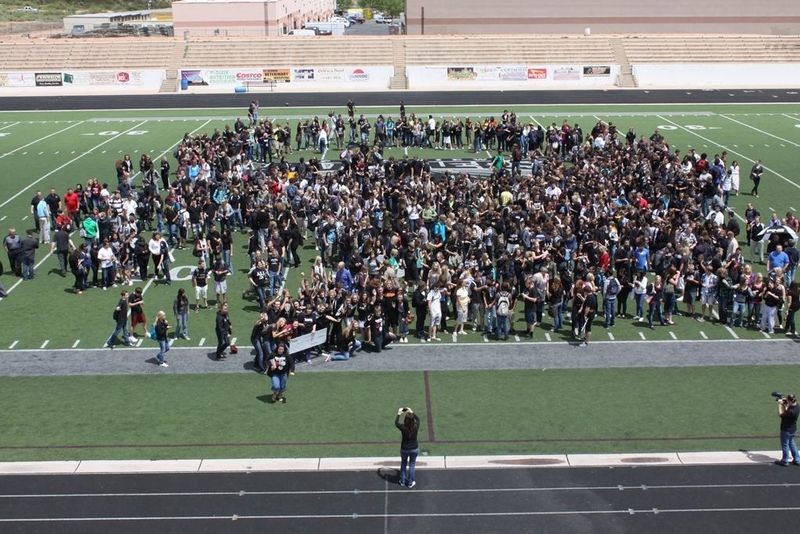
The most people sending a text message (SMS) simultaneously is 677, and was achieved by Pine View High School, in St. George, Utah, on May 18, 2011. The message was ‘PVHS says don’t drive stupid’. It was part of an awareness campaign about the dangers of driving and texting. Photo credit: Guinness World Records
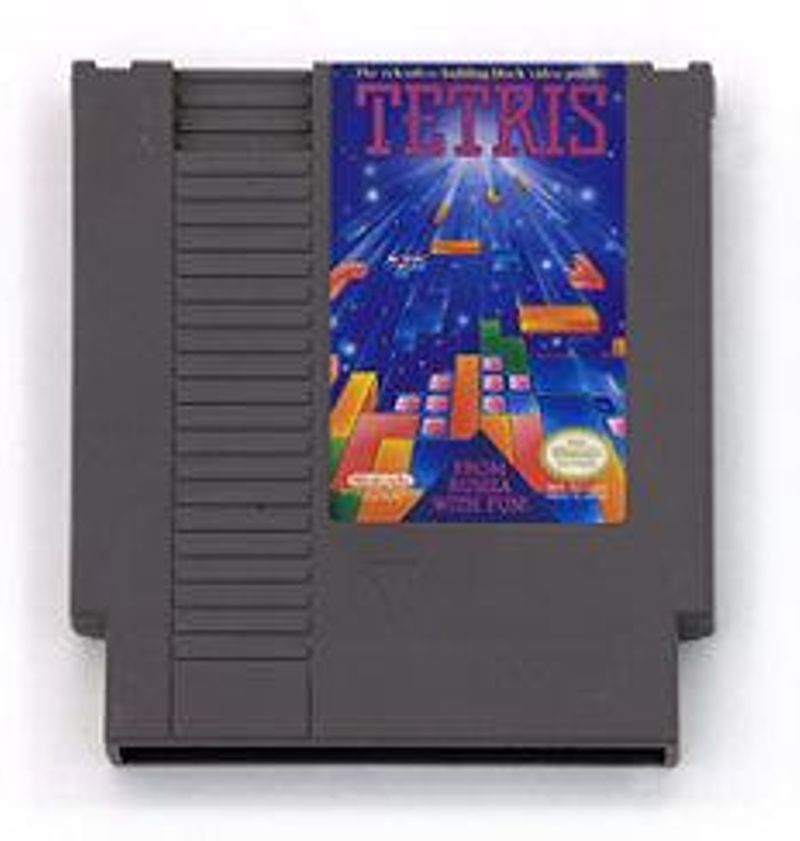
Tetris, created by Alexey Pajitnov of Russia in 1985, has been translated – or “ported” – to more than 65 different computer game platforms, including mobile phones. Photo credit: © Mark Richards
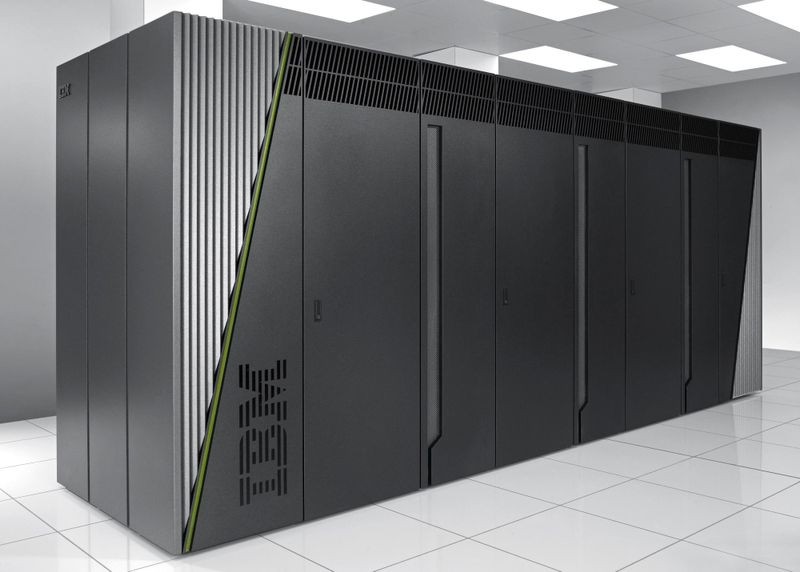
IBM’s Sequoia, installed at the US Department of Energy’s Lawrence Livermore National Laboratory in California, achieved 16.32 petaflop/s on the Linpack benchmark using 1,572,864 cores. Sequoia achieved first place in the TOP500 list released on June 18, 2012, at the 2012 International Supercomputing Conference in Hamburg, Germany. Photo credit: Courtesy of IBM Archives
The most expensive computer mouse (2011) is Swiss manufacturer Pat Says Now’s computer mouse. Cast from 18 carat white gold and set with 59 individual diamonds, the mouse retails for £16,200 ($26,000). Photo credit: Courtesy Pat Says Now

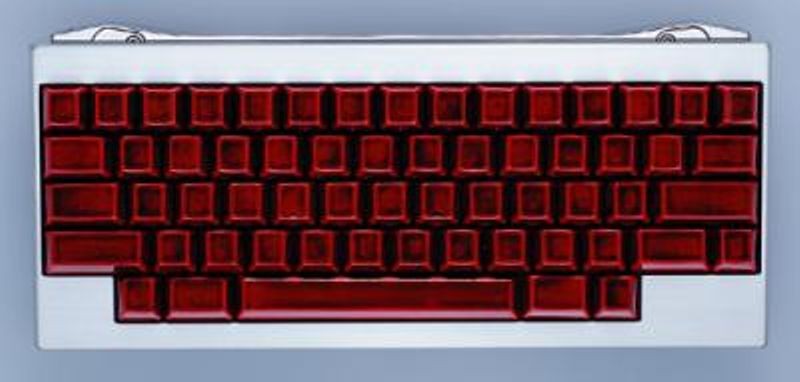
The most expensive computer keyboard (2010) retailing at $4,240, is the Happy Hacking Keyboard Professional HP Japan, produced by an affiliate of Fujitsu. Its extreme price is due in part to the fact that its keys are hand coated in Urushi lacquer and then dusted with gold. Photo credit: Courtesy PFU Limited
If you want to participate in Guinness World Records day, visit GWR